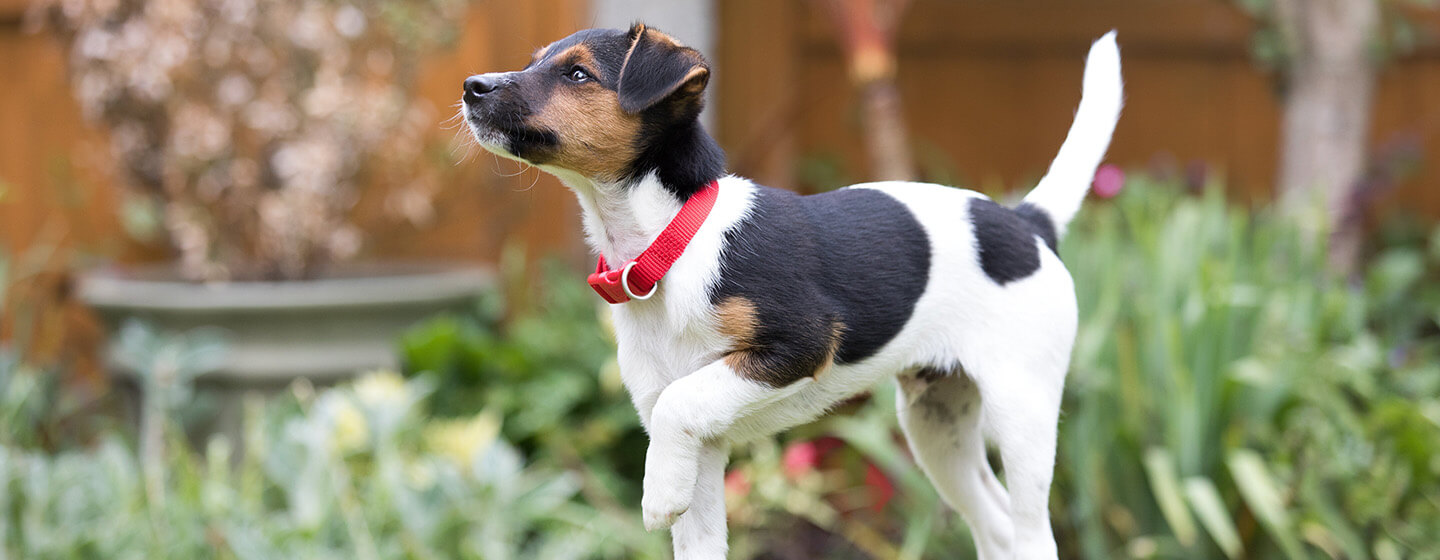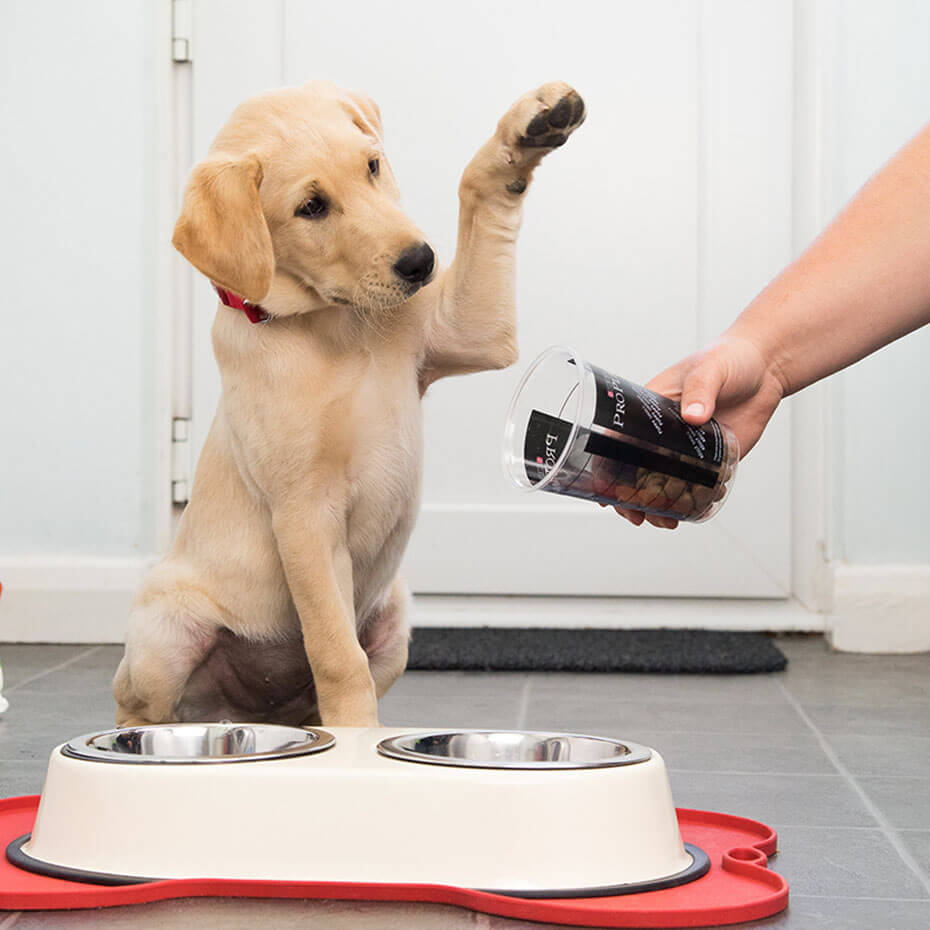
Bringing home a new puppy is such an exciting moment! There’s a lot to learn, one thing you’ll want to teach them is house training.
Do you know that puppies pee as much as 12 times a day! Keep reading to discover how to notice the warning signs of when nature calls.
How long does toilet training take?
Depending on their size, age and ability to learn, on the average, it could take between four to six months.
How to tell when your puppy needs to go to the toilet
You can usually tell when puppy looks around anxiously, walks in circles and start sniffing in suitable corners looking for a place – that's your cue!
Calmly walk with them out to the toilet area. Wait because puppies can get distracted no matter how much they want to go!
The importance of a toilet area
Help puppies pick up their scent from earlier with an environment that mimics someplace natural. Always keep the toilet area clean to encourage them, leftover mess can put them off.
Don’t carry the puppy outside
Let your puppy walk. This stimulates the bladder and bowels and help them learn independence and gain confidence in their surroundings.
Routine is key to puppy toilet training
Take your puppy routinely and reward them. If they don’t go at first, bring them back inside and watch them carefully, take them outside again if you spot any warning signs.
Introduce an accompanying word as they go. Use this command later to encourage them if you are in a new place.
For the first couple of weeks, take puppy out to go to the toilet as soon as they wake up, after they’ve had something to eat or drink, and every half hour while they’re playing.
How to toilet train a puppy indoors
In the beginning, accidents will happen. Take them out every hour for more opportunities to 'get it right' and get rewarded for it. Set a timer so you don't forget!
Puppies try to find a space far away from where they usually spend their time, baby gates will help reduce the space they occupy while toilet training. Less accidents too.
Puppy training pads can help in the short term. If you have no other option but puppy pads, keep them close to the door so puppy will associate it with going out. Note that if you decide to place it somewhere else, this might confuse your puppy into thinking it's ok to go indoors.
How to deal with accidents during puppy toilet training
It’s important to stay calm. If you discover a little puddle or a mess, just clean it up. Ideally do it when your puppy’s not watching.
Never get angry or shout. If you catch them in the act, calmly take them to the toilet area to finish off, then clean the floor thoroughly with a neutralising spray so there’s no smell associated with a toilet area.
Puppy crate training
Using a crate encourages them to hold on a little longer and can be useful at night. Keep them in their crate for a small period so they’re not caught short.
Toilet training a small breed puppy
Smaller breeds can be a little harder. Their bladders are small, and they have a higher metabolism rate.
If you bought a puppy from a breeder who has started the process, it should be easy to continue with it. If not, you may need to take them out more frequently.
Combine puppy toilet training with sleep training
If possible, it is better to integrate puppy toilet training with crate and sleep training as your puppy will still need to go out during the night in these first few weeks. Smaller breeds might need more trips though.
How to deal with puppy “early onset fear”
Some breeds are more likely to enter an ‘early onset fear’ period, which can affect your puppy toilet training. If this is happening, make sure the toilet area you've chosen is quiet and stress-free.
Toilet training and re-training
Relapses are natural, don’t panic – just increase the number of toilet area visits.
Retraining an adult dog
If you’ve rehomed a dog, they won’t automatically know where they’re expected to go so these tips can work too!
Remember that consistency is key, keep your routine in place in no time, you’ll have a fully house-trained pup.




